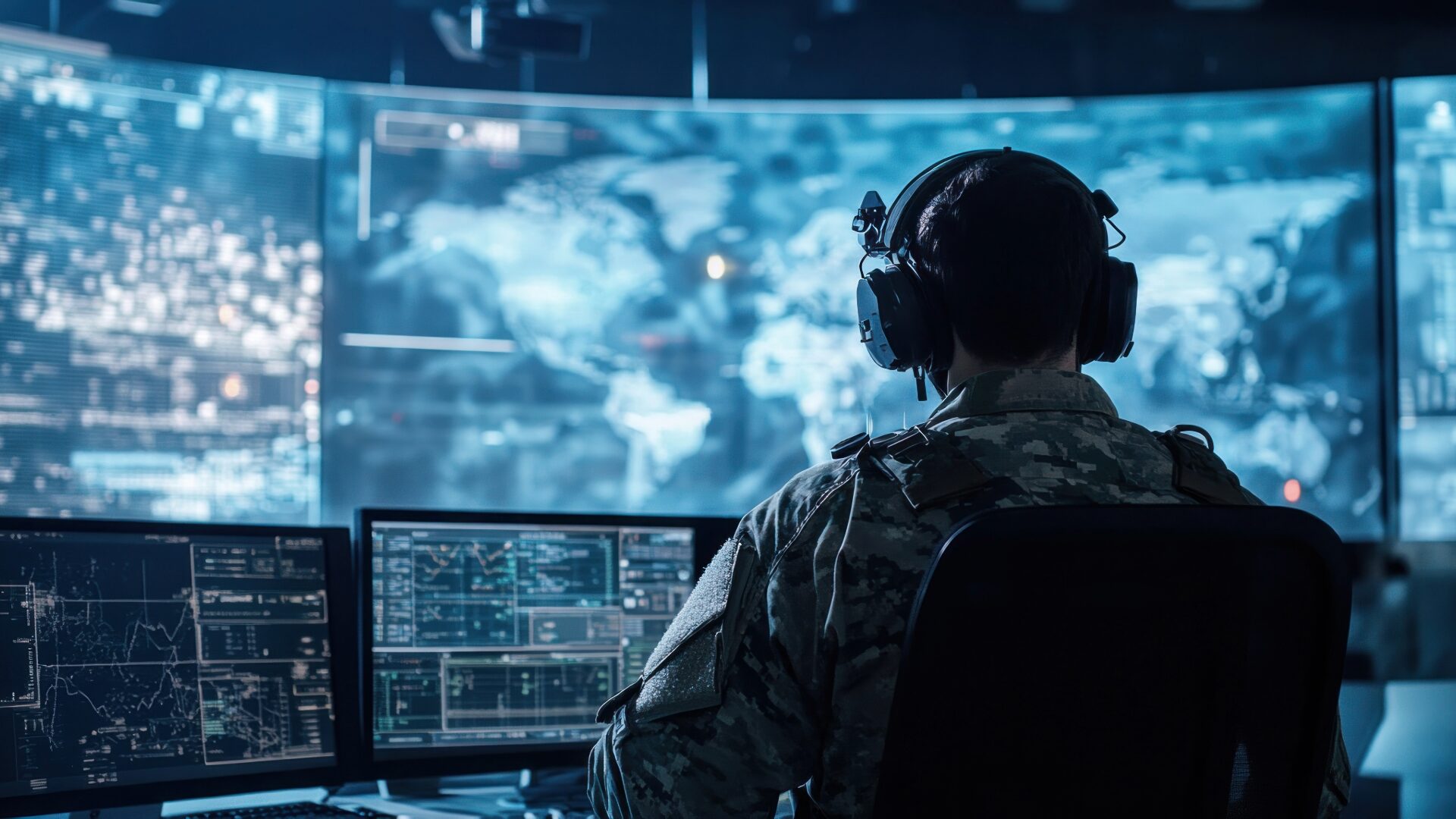Strategies for the Implementation and Optimization of Physical Security Systems
Physical security is a fundamental pillar for any organization seeking to protect its assets, employees, and operations. In an ever-evolving world where threats are diversifying, it is vital to develop robust strategies that enable the implementation and optimization of security systems to effectively address both current and future risks.
The first step is to conduct a comprehensive risk assessment. Identifying vulnerabilities and analyzing potential threat scenarios allows for the design of a strategic plan tailored to the specific needs of each facility. This evaluation should consider both internal and external factors, examining the environment, infrastructure, and available technologies.
Once the risks are defined, selecting the appropriate technological solutions becomes crucial. Whether it’s video surveillance, access control systems, intrusion sensors, or alarms, the choice should be based on efficiency, scalability, and compatibility. Integrating these solutions into a centralized system enhances coordination and improves the overall response to incidents.
Another key strategy is the integration of different systems. Connecting devices and platforms allows for automation and real-time monitoring, which facilitates an immediate response to any eventuality. This comprehensive approach not only boosts system effectiveness but also optimizes resource management and reduces response times.
Staff training is essential for the success of any physical security system. Proper training in the use of tools, emergency protocols, and response procedures ensures that everyone is prepared to act in a coordinated and efficient manner during incidents. Continuous training investments lead to a safer and more reliable work environment.
Preventive maintenance and constant system updates are fundamental to ensure long-term operability. Establishing regular review and maintenance routines enables early detection of faults, minimizes downtime, and maintains system effectiveness against emerging threats. With rapid technological advancements, keeping systems updated with the latest innovations is critical.
Optimizing security systems also requires periodic performance analysis. Collecting data, conducting audits, and evaluating performance indicators help identify areas for improvement and adjust strategies accordingly. This ongoing feedback process allows the system to adapt to changes in the environment and the organization’s evolving needs.
Implementing and optimizing physical security systems demands a comprehensive strategy that combines risk assessment, technology selection, system integration, staff training, maintenance, and continuous analysis. Adopting these strategies not only safeguards assets and personnel but also strengthens a company’s resilience and competitiveness in an increasingly challenging environment.



Leave a Reply